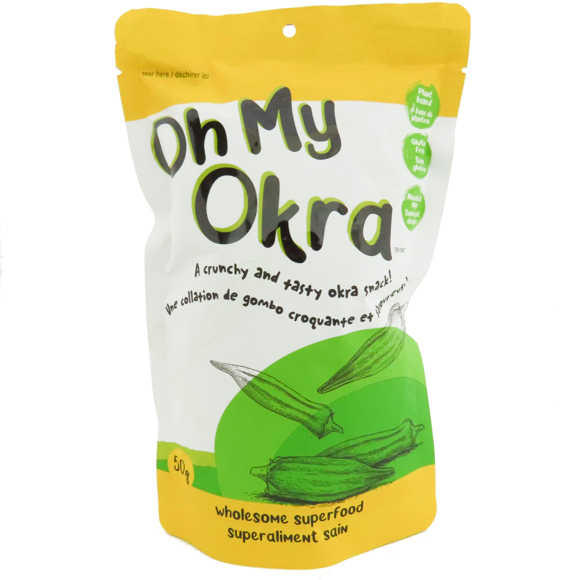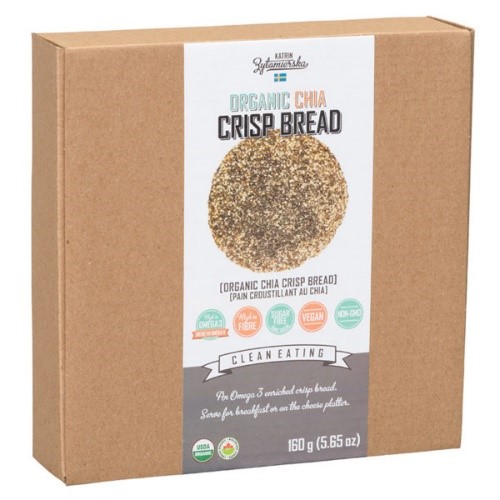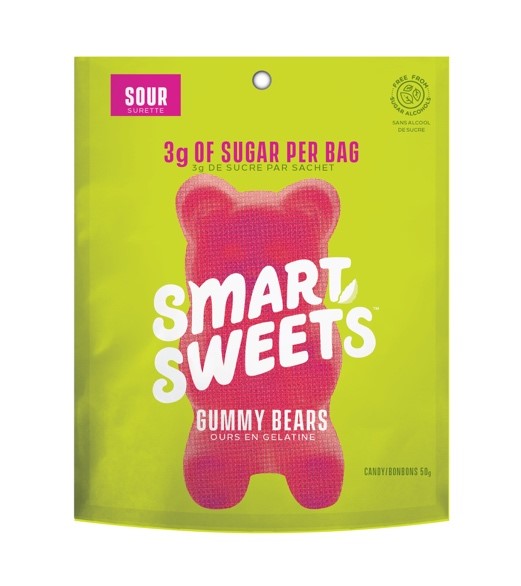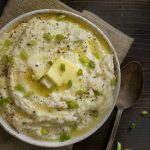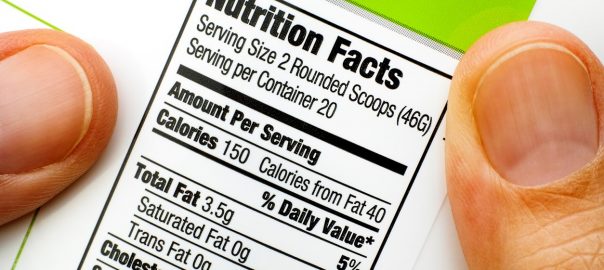
How To Understand Canadian Nutrition Labels
Decoding Food Nutrition Labeling in Canada
Do nutrition facts labels confuse you? Read our guide below for how to read them with a keen eye for what’s good and what’s bad.
Nutrition labels can be helpful yet cryptic. It is not only useful to know how to read them and what to pay attention to, but also to take the information with a grain of salt. We recommend cross referencing the ingredients list to ensure that the nutrients you see in the nutrition facts label are coming from good sources.
There are good and bad types of almost everything. Here’s our breakdown of good and bad calories, fats and carbohydrates.
Good vs Bad Calories
Calories are not necessarily bad, but they can be an indication of what’s inside the product you’re holding. Certain things will seriously drive up the calorie count in foods:
- Fats
- Sugars
- Starches
In addition, food processing can increase the number of calories in food. This is because the body can break down processed foods more completely (since most of the work is already done). In today’s modern world, calories are not far and few. In fact, we tend to over-eat and under-exercise. So, these extra calories in processed foods are not helpful, especially for weight loss.
Good vs Bad Fats
You probably already know that trans fats are bad, but there are other kinds of fats, too.
Specifically, there are unsaturated (with subtypes monounsaturated and polyunsaturated) and saturated fats. While this may sound very confusing, it’s really just describing the chemical structures of these different fat molecules. Some are more reactive or more stable than others, affecting the way they are processed by our bodies.
In simple terms, follow these two rules for fats:
- Unsaturated fats are healthy and safe to consume.
- When it comes to saturated fats, it depends on the source. Look for plant-based sources and foods that are rich in omega-3 fatty acids for your best options.
If you are interested in this topic, we wrote a whole article about the different types of fats and how to distinguish them.
Good vs Bad Carbohydrates
Carbs can be a confusing subject since many different things fall into the category of carbohydrates. For simplicity’s sake, the three main types are sugars, starches and fibre.
If you are counting net carbs, then you can subtract fibre from the total carbohydrates listed on a nutrition facts label. Sugar alcohols are also typically used instead of sugars in keto-friendly foods because they are not absorbed by the bloodstream, so these also do not count towards net carbs.
Whether you are counting your net carb intake or not, it is important to look at the source of the carbohydrates. There are two generally classified types of carbs: complex and simple.
Simple Carbohydrates
Simple carbohydrates typically refer to sugars, which have very simple molecular structures. This type of carbohydrate is processed easily by the body and quickly converted into glucose that can be used by the brain, muscles, liver and fat cells.
Simple carbs are like “quick-fix” solutions for energy. Eating a large amount of them can cause major spikes in blood sugar levels throughout the day as they are used up just as quickly as they are converted into energy.
Simple carbs can occur naturally in some foods such as:
- Fruits
- Milk
- Milk products (cheese, butter, etc.)
They can also be found in processed and refined foods such as:
- Candy and chocolates
- Table sugar
- Syrups
- Soda
- Cereals
- White bread
- Bakery items (cookies, donuts, cakes, etc.)
You can probably guess from these lists that you should avoid or limit your intake of simple carbs. Keep an eye out for things like fructose, maltose, sucrose, lactose, dextrose (and other variations of these names) when reading ingredients lists. As a general rule, avoid anything that ends with “-ose” as these will send your blood sugar levels through the roof. Aim to consume mostly complex carbs for more sustained energy throughout the day.
Complex Carbohydrates
Complex carbohydrates include starches and fibre. They are processed by the body more slowly than simple carbs, meaning that we can use these fuel sources for longer periods of time before needing another boost of energy.
Starches are the way that plants store energy they get from the sun (meaning that they can also carry a lot of calories). Plants produce their own glucose molecules from their energy sources, just like us, and these chains of glucose molecules form starches. The longer the chain, the longer it takes to break down in our digestive systems. Long chain starches can be found in foods such as legumes, root vegetables, cracked wheat, brown rice, barley, quinoa and oats. Note that these are probably the types of carbs you should avoid if you are following a low carb or ketogenic diet, or if you are watching your calorie intake.
When it comes to fibre, there are two types: soluble and insoluble. Both are important to consume, and do not count towards net carbs.
Soluble Fibre
When eaten, soluble fibre attracts water and turns into a gel-like substance that aids digestion. Consuming soluble fibre has also been shown to help lower blood cholesterol levels, inflammation and blood pressure, as well as improve heart health.
Sources of soluble fibre include:
- Oats
- Flaxseed
- Beans and peas
- Potatoes
- Whole grains
- Citrus fruits
- Apples
- Strawberries
- Pears
- Avocados
- Brussels sprouts
- Broccoli
- Turnips
One vegetable that is very high in soluble fibre is okra! You can tell because of its characteristic “slimy” insides, that some people either love or hate. Depending on preparation, you will get varying levels of sliminess and thus soluble fibre. One of the newest products to hit the market, Oh My Okra, is a vacuum fried version of this fibre-rich vegetable. The vacuum frying technique allows for the water content of the slime to be removed but the preservation of over 80% of the original nutrients. Try a bag today – you won’t be able to put it down!
Insoluble Fibre
Insoluble fibre cannot be digested or absorbed by the body. Instead, it helps to move everything else through the digestive tract, which is a very important function. Eating foods rich in insoluble fibre can help with regular bowel movements and keep you feeling full longer (a great way to prevent excessive snacking).
Sources of insoluble fibre include:
- Brown rice
- Quinoa
- Root vegetables
- Celery
- Cucumbers
- Cauliflower
- Fruits with edible seeds (for example, most berries, pomegranates and tomatoes)
- Beans and legumes
- Nuts and seeds (flax and chia are good sources)
Insoluble fibre is often found in the skins of many fruits and vegetables. Keep the skins on your eggplants, zucchini, carrots, cucumbers and apples (just make sure to wash them first thoroughly).
As you can see from the two lists above, many foods have both soluble and insoluble fibre. This is good because eating as many fruits and veggies as you can during the day ensures you are getting a good amount of both types of fibre.
Try our favorite high-fibre products from The Low Carb Grocery that top our list of high fibre foods:
KZ Clean Eating Low Carb High Fibre Crispbreads, Chia Flavour
Smart Sweets Stevia-Sweetened Gummies with 28g of Fibre per pouch
Reading Nutrition Labels
Now that you are well-versed in the different types of calories, fats and carbs, you can start to apply this knowledge to reading nutrition facts labels. Below is an outline for how to read these labels in stages and what to look for at each stage:
1. Serving Size – This is often overlooked, but worth noting. Something could appear great, but you might need to multiply all the nutrition facts by 2 or 3 for the actual amount you plan to eat.
2. % Daily Values – although these percentages are based on mainstream dietary recommendations, you should consider these values when it comes to the micronutrients listed on a nutrition facts label (i.e. everything besides fat, carbs and protein). A % daily value of ≤5% is considered a little, while anything above this is considered a significant source of that nutrient.
3. Calories – If something is high in calories, cross reference the ingredients list for possible sources. Does the food include a lot of added sugars, trans fats, simple carbs or starches? If so, the energy sources of these calories are not very high quality.
4. Fats – Review what we covered above for the types of carbohydrates to look out for, according to your diet. If you are lucky, you might even get a breakdown of omega-3, 6 and 9 fatty acids. Always make sure there is a higher amount of omega-3s relative to the others.
5. Cholesterol – This can get controversial because there are good (LDL) and bad (HDL) types of cholesterol. Again, look to the ingredients list to find the source(s) of cholesterol, if made available in the nutrition facts label.
6. Sodium – % Daily value is important here, but acceptable sodium levels will vary by food type. For example, if the soy sauce you’re using has high sodium – that’s fine (use sparingly). But if the bread, cereal, soups or sauces you eat are high in sodium, it might be time to look for a different brand.
7. Carbohydrates – Review what we covered above for the types of carbohydrates to look out for, according to your diet.
8. Vitamins and Minerals – You will almost never find an excess of these, and the more the better! Unfortunately, this section of nutrition facts labels can vary between products and, in general, it often lacks comprehensiveness. There are a few minerals and vitamins that are almost always listed such as Vitamin D, iron, calcium and potassium. You can search items from the ingredients list online for a better idea of the other nutrients present in your food.
Stay Connected
If you applied any of these suggestions or have any of your own tips for reading nutrition labels, let us know with a comment on Facebook or tag us on Instagram. We also love to stay connected with our Weekly Newsletters for updates on the latest products and special sales. And please leave us a Google Review with your Low Carb Grocery feedback!





